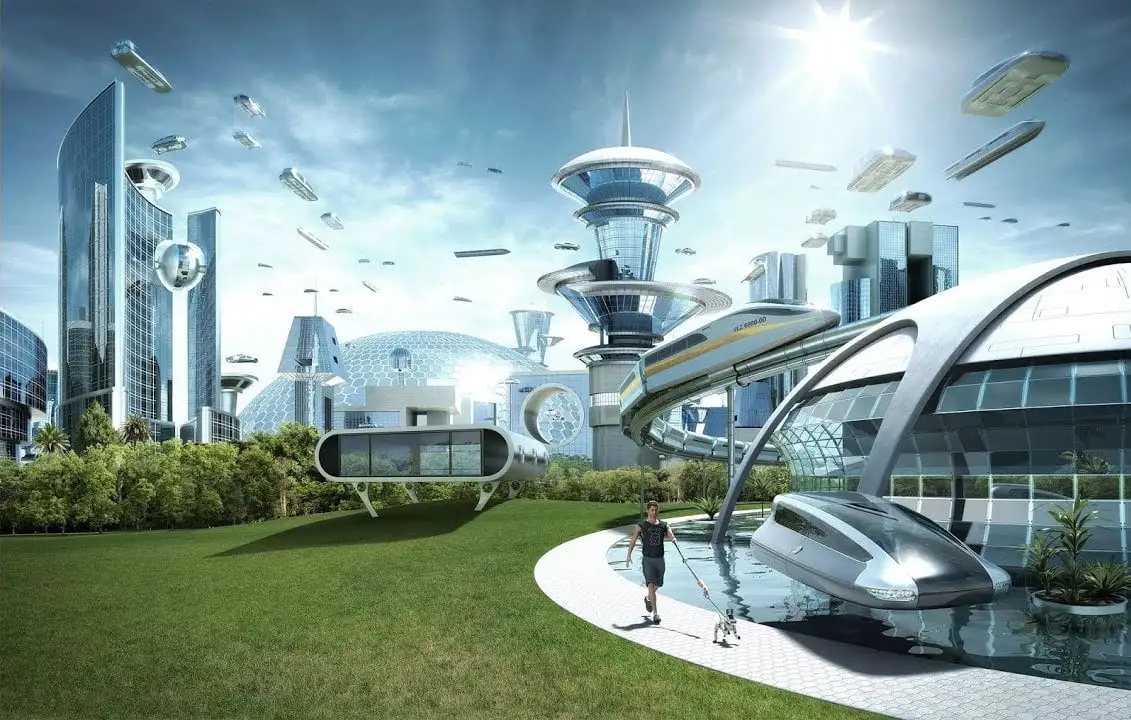As space planning solutions for buildings and structures become more complex, more and more construction organizations are turning to information technology, which can not only increase efficiency and safety, but also accelerate the pace of construction and reduce costs.
In the coming year, construction organizations are expected to invest heavily in technology, building on the success in technology development over the past few years.
Robotics
Robotics are finding more and more uses on construction sites, taking over tasks such as laying bricks, installing windows, and many other tasks that would normally be done by hand. This is quite interesting, given the high level of manual labor in construction.
The use of robotics along with the workforce allows the construction organization to reduce construction time and improve the quality of a building or structure.

Robotics is increasingly being used to perform demolition and demolition tasks. Despite being slow compared to demolition crews, robots are safer and cheaper when it comes to demolishing buildings.
Virtual and augmented reality
Virtual Reality is a technology that allows you to experience total immersion in a technically created world that does not exist in nature. Unlike virtual reality, augmented reality brings only a few artificial elements to your perception of the real world, often with the help of a smartphone camera.
Essentially, the difference between the two technologies is that virtual reality replaces your perception of the real world, while augmented reality complements it.
These two technologies are without a doubt among the trends that we will see developing and are already having a huge impact on the construction industry, helping construction teams improve design solutions and eliminate design errors.
This year, virtual reality and augmented reality are set to take center stage in the global construction industry as more construction organizations embrace these technologies.
Exoskeletons
An exoskeleton is an external type of skeleton found mainly in invertebrates such as arthropods. The exoskeleton supports and protects the animal’s body, helping to withstand stress.
By analogy with animal exoskeletons, scientists have developed robotic exoskeletons that help construction workers lift and carry heavy objects, enhancing their physical capabilities.
As one of the major trends in construction right now, exoskeletons, if widely used, will help improve site safety and reduce costs by reducing the number of workers required.
With increased adoption of this technology, the robotic exoskeleton market is expected to reach $1.8 billion by 2025, up from $68 million in 2014. According to analytics firm ABI Research, 2.6 million of these technical suits are expected to be sold in 2025. For comparison, the sales volume of robotic exoskeletons in 2021 was 6,000 units.
3D printed concrete
By allowing an entire house to be 3D printed in less than 24 hours, this technology is a game-changer for the construction industry. Compared to traditional construction methods, this technology has clear advantages in terms of reducing labor and material costs.
With more companies testing the technology to create new products, the 3D concrete printing market is expected to reach $56.4 million in 2022. However, the technology is still in its infancy, so at the moment the application of this technology is limited by its imperfection.
Prefabricated construction from three-dimensional blocks and fully prefabricated construction
These technologies are not new to the construction industry. They date back to the 1940s, when prefabricated structures were used to rebuild damaged buildings in war-ravaged cities.
After the Second World War, the use of these technologies gradually faded away, but in the last few years, prefabrication technologies are beginning to slowly come back due to the need for technology to quickly assemble inexpensive, but high-quality buildings to solve supposed housing crises around the world.
Investors are also turning their attention to prefabricated prefabricated construction technology, which allows factories and other key business facilities to be built quickly.
With advances in design and construction, more and more components can be manufactured off-site. This means that buildings can be built faster, with lower material costs and with less noise.
Building Information Modeling
Building Information Modeling, commonly known as BIM, involves the creation and management of building project information from start to finish. A process based on the use of intelligent 3D models allows you to build virtual projects before they are physically built.
This technology has already become widespread among architects, engineers, estimators and other building professionals who are trying to first visualize what a proposed building will eventually look like.

The BIM method, which is now the standard in many countries around the world, allows construction participants to plan, design, build and manage a building and its infrastructure more efficiently.
Environmental design
Today, the whole world is striving to reverse the effects of climate change, which is why many construction organizations are consciously switching to sustainable design methods.
As such, sustainability is one of the top trends that will develop in the construction industry in 2022. Building codes and regulations force construction organizations to take measures to reduce the negative impact on the environment.
In 2022 and beyond, the pursuit of energy efficiency and carbon reduction is expected to continue to drive innovation in design and construction.
